Try something like this. I wrote a paper on this exact method a while ago and can provide you with a copy if you would like.
PointF Transform32(Point3 P)
{
float pX = (float)(((V.J * sxy) - V.I * cxy) * zoom);
float pY = (float)(((V.K * cz) - (V.I * sxy * sz) - (V.J * sz * cxy)));
return new PointF(Origin.X + pX, Origin.Y - pY);
}
cxy is the cosine of the x-y camera angle, measured in radians from the positive x-axis on the xy plane.
sxy is the sine of the x-y camera angle.
cz is the cosine of the z camera angle, measured in radians from the x-y plane (so the angle is zero if the camera rests on that plane).
sz is the sine of the z camera angle.
Alternatively:
Vector3 V = new Vector3(P.X, P.Y, P.Z);
Vector3 R = Operator.Project(V, View);
Vector3 Q = V - R;
Vector3 A = Operator.Cross(View, zA);
Vector3 B = Operator.Cross(A, View);
int pY = (int)(Operator.Dot(Q, B) / B.GetMagnitude());
int pX = (int)(Operator.Dot(Q, A) / A.GetMagnitude());
pY and pX should be your coordinates. Here, vector V is the position vector of the point in question, R is the projection of that vector onto your viewing vector, Q is the component of V orthogonal to the viewing Vector, A is an artificial X-axis formed by the cross-product of the viewing vector with the vector (0,0,1), and B is an artificial Y-axis formed by the cross product of A and (0,0,1).
It sounds like what you're looking for is something like a simple rendering engine, similar to this, which used the above formulae:
Hope this helps.
